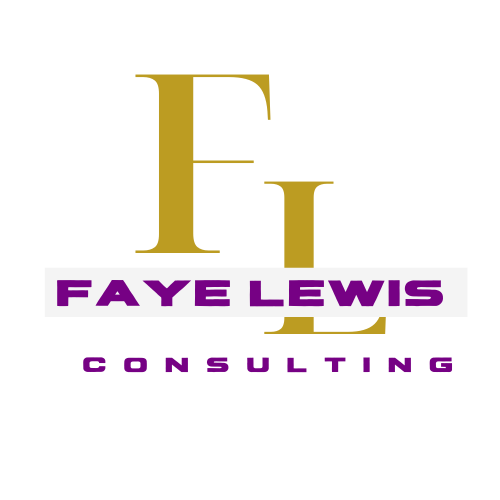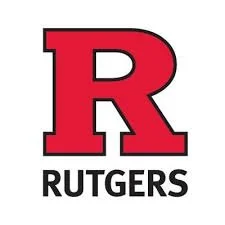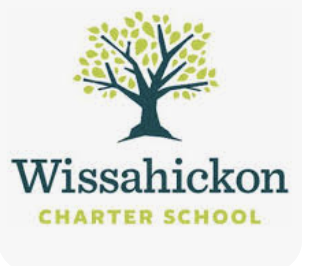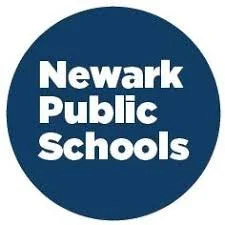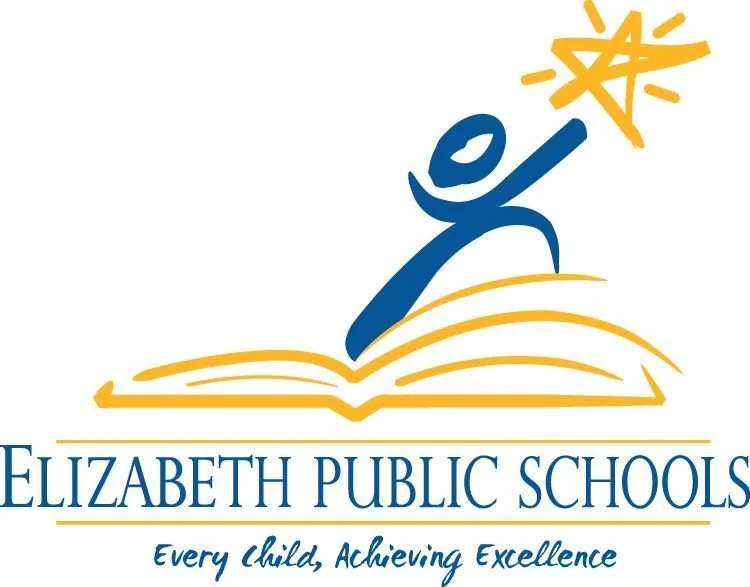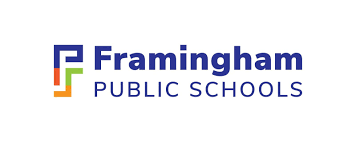discover
the new rules of
student
engagement
Helping teachers and leaders create learning communities and classrooms that ignite motivation, reduce behavior challenges and drive achievement.
Learn about our program for schools:
It's Science! Engaging students in today’s classrooms
At the core of our work with schools is a commitment to translating research into practice - “It’s Science! Engaging Students in Today’s Classrooms” is our signature program.
Decades of studies in neuroscience, psychology, and education have shown that when students are actively engaged, they learn more deeply, retain knowledge longer, and develop stronger social-emotional skills.
We help schools interpret this body of research and apply it in ways that make sense for their unique context. By connecting evidence-based strategies, with the realities of today’s classrooms, we equip educators with practical tools to create environments where students are motivated, curious, and invested in their own success.
About Dr. Faye Saul-Lewis
Founder and CEO
I’m a long way from London, England where I lived until moving to the States with my family as a teenager. I kind of fell into education when, as a senior at Rutgers University, I came across a little advertisement in “The Targum” that led me on an amazing journey. In that student newspaper was an invitation to interview for a new teacher corp, Teach for America. I interviewed, aced my guest lesson and that summer, I was flown to USC to begin a decades long career. My first stop was to vibrant New Orleans (Oh, how I LOVE that city1), teaching fifth grade. New Orleans had a grip on my, but after 5 years, I moved back to New Jersey and continued teaching elementary school, before transitioning into administration. I have to tell you, it’s been a great ride!
Drawing on my experiences both as a classroom teacher and as a leader, I created “The New Rules of Student Engagement” to help educators understand that student engagement is rooted in science, and that understanding the psychology of engagement enables teachers and leaders to unlock the potential of every learner and transform classrooms into spaces of curiosity and belonging. It’s funny because, as a new teacher, I had little idea that the tools, tactics and strategies that I implemented in my classroom were based upon someone’s research. For the first 2 years, I was just trying to keep my head above water and was desperate to figure out the classroom management thing. Instinctively, I somehow determined that at the root of engaging and motivating my kids was the relationships that I cultivated with them and their parents.
Engagement is the key to unlocking brilliance in every student. We teach you the “how to” in our workshops, which bridges research and practice, helping teachers understand not just what engages students, but why—and how to design classrooms that spark curiosity and achievement.
why we do this work
THE PROBLEM:
Schools often struggle to fully engage all students, particularly those from historically underserved communities. This lack of engagement can lead to lower academic achievement, chronic absenteeism, behavior challenges, and inequitable opportunities for success. Teachers and leaders frequently feel unsure about how to create learning environments that motivate, inspire, and challenge every student.
THE SOLUTION:
We help educators create conditions whereby students are excited to learn, teachers feel supported, and academic outcomes improve across the board. I work with educators to:
Strengthen student engagement and motivation
Address behavioral challenges proactively
Promote equity by ensuring that all students have access to rigorous, culturally responsive learning
The role of a teacher has transformed in ways we couldn’t have imagined a decade ago. Teachers are navigating a generation of digital natives who process information quickly, but who may also struggle with focus, resilience, and social-emotional skills in ways that weren’t as visible 10 or 20 years ago. Teachers want to know how to differentiate instruction more effectively, integrate technology purposefully, and use strategies that build relationships alongside academic rigor. For educators, this shift requires flexibility and an expanded toolkit. That’s where we come in.
Clients and Partnerships
